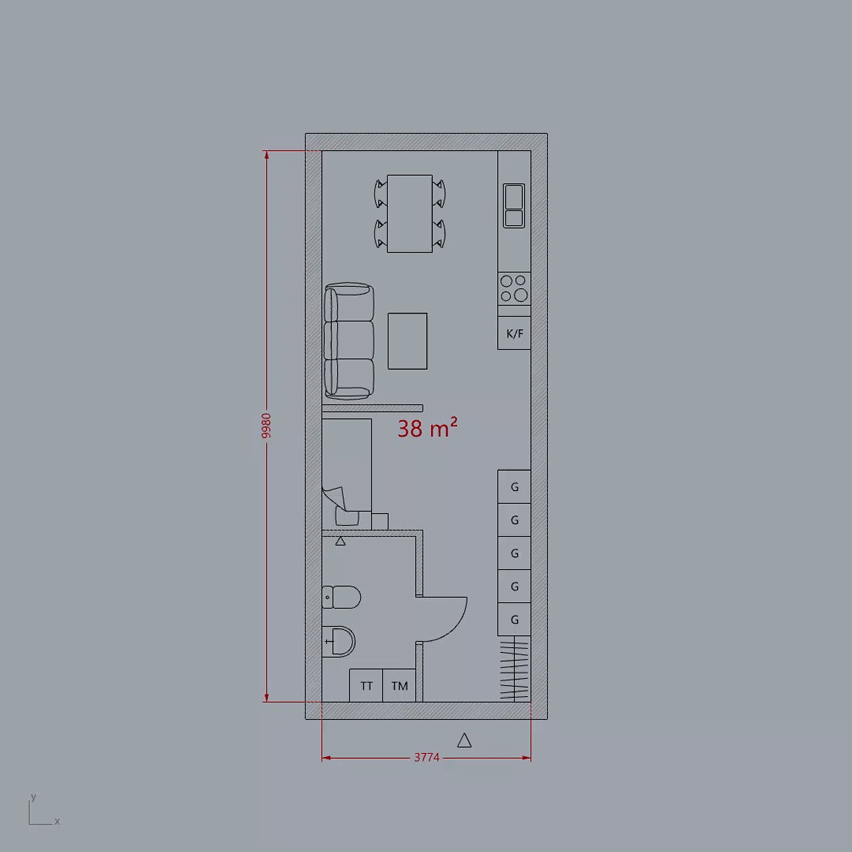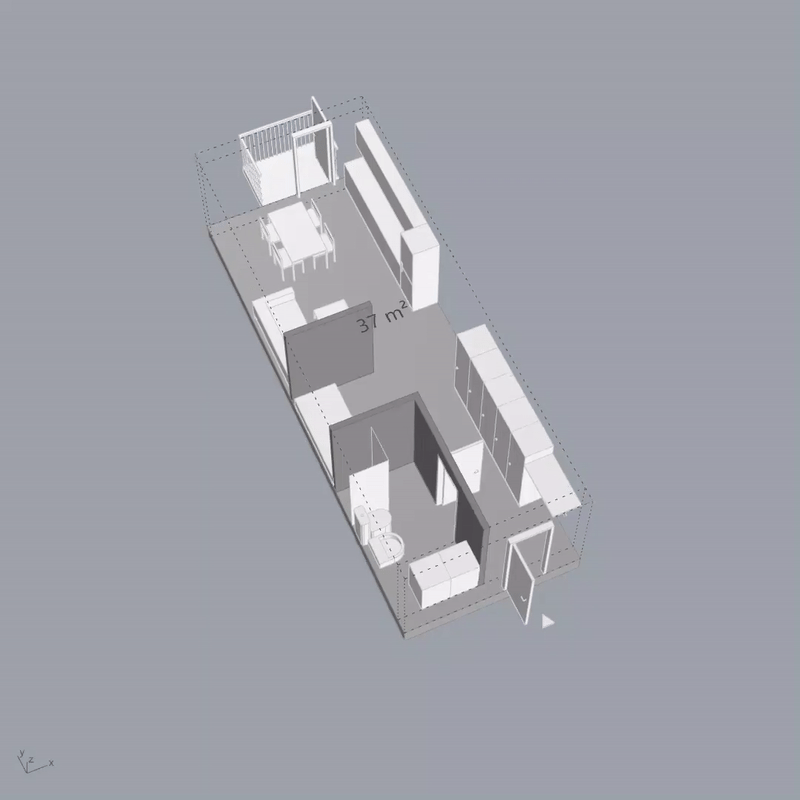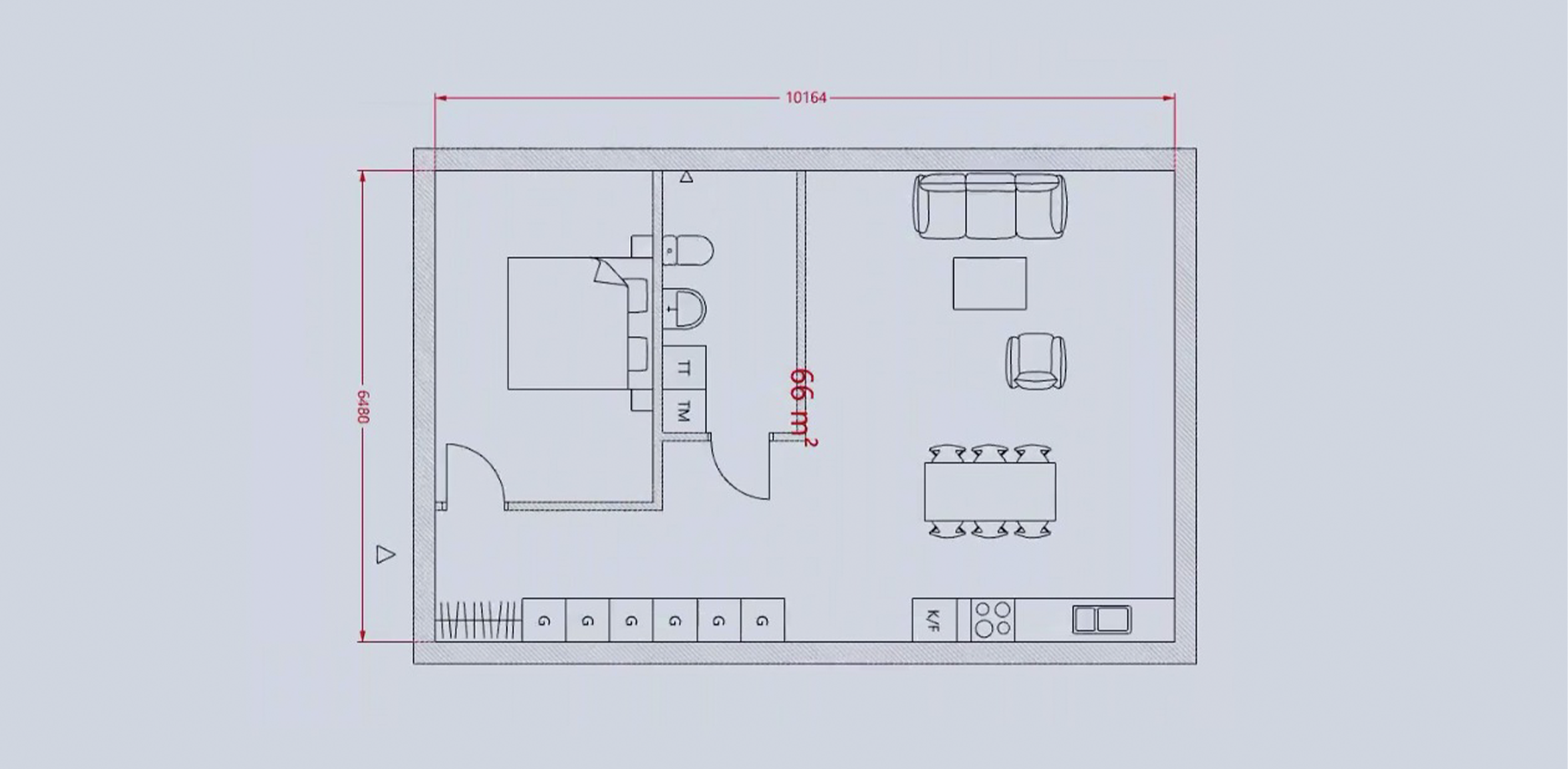Architects: Showcase your next project through Architizer and sign up for our inspirational newsletter.
New strides in generative design are being made with the development of Finch, a tool that can automatically generate floor plans based on the constraints of a site. Architecture studio Wallgren Arkitekter and Swedish construction company BOX Bygg collaborated to create the parametric design tool, which seeks to help architects understand potential site limitations in the early stages of the design process.
Currently under development, Finch will allow users to input data regarding building sizes and local planning regulations to create optimal internal plans in either two or three dimensions. It will be launched in 2020 as a plug-in to visual programming tool Grasshopper, within 3D computer graphics software Rhino. However, according to its creators, knowledge of Grasshopper or coding is not needed to reap the benefits of the tool.

This level of “user-friendly” is just one example within an entire phenomenon of generative design that is continuing to pick up steam. The possibilities for automation in architectural planning, as showcased by Finch, has been viewed online with both optimism and pessimism for architects and designers.
On the one hand, the potential benefits of generative design are endless. Using the power of computation, generative design can explore countless design solutions at an instant. On the other hand, some are concerned that increasing levels of automation will threaten the human component of creation and ideation. They fret that technology like this could lead to less experienced architects and CAD technicians struggling to find work, much like automobile factory workers have been made redundant by robotic manufacturing.

However, it would be absurd to claim that architecture will be driven entirely by computers, and it doesn’t seem as though this “doomsday” scenario for architecture is something generative design developers are striving for. The real role of Finch, according to its creators, is to leverage software to minimizer tedious and repetitive tasks. In doing so, time is reallocated towards actual design work, ideation, and problem solving.
In other words: Have no fear. Architects and designers, even those just starting out, should give themselves more credit for the work that can’t truly be replicated by digital tools. It’s yet to be seen just how far generative design can go, so for now let’s enjoy the solutions it does provide.
Architects: Showcase your next project through Architizer and sign up for our inspirational newsletter.




